Why is it hot in the kitchen and freezing in the bedroom? Adjusting heating batteries in an apartment
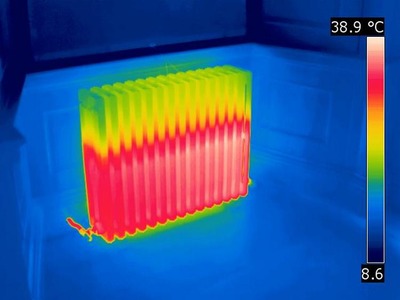
In apartments or private houses, residents often encounter the phenomenon uneven heating of radiators heating in different parts of the home. Such situations are typical in cases where the premises are connected to autonomous heating systems.
How optimize the system heating (CO), stop overpaying and how installing a heat regulator for batteries will help - we will consider further.
Why is it necessary to regulate heat in an apartment?
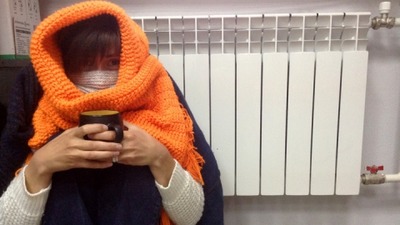
For what reasons do citizens more often adjust the heat in their residential premises:
- It arises the need to create the most comfortable conditions in the home for life.
- It follows get rid of excess air in batteries, to achieve efficient heat transfer in interior spaces.
- Timely installation of regulators allows refrain from frequent airing when the air overheats with the help of open windows.
- Correctly selected heating regulators and their competent use will allow reduce the amount of payments for this service by a quarter.
Important! Manipulations for installing the CO regulator should be carried out before the start of the heating season. In the midst of frost, such a procedure will require turning off not only the heating in your own apartment, but also in neighboring ones, which will create certain inconveniences.
Setting the temperature in an apartment building on the return and supply
Installing a heating system regulator will depend on its general structureIf the CO is installed individually for a specific room, the improvement process takes place due to the following factors:
- system works from a boiler of individual power;
- installed special three-way valve;
- coolant pumping is happening by force.
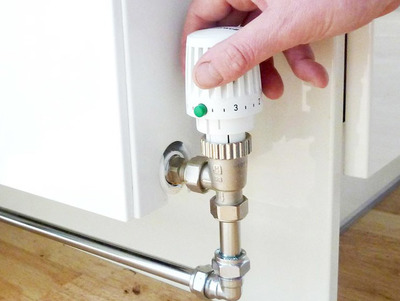
In general, for all CO, power adjustment work will consist of installation of a special valve on the battery itself.
With its help you can not only regulate heat level in the right rooms, but also eliminate the heating process altogether in those areas that are rarely used or do not function.
There are the following nuances in the process of adjusting the heat level:
- Central heating systems that are installed in multi-storey buildings, are often based on heat carriers, where The feed occurs strictly vertically from top to bottom. In such houses, the upper floors are hot and the lower floors are cold, so it is impossible to regulate the heating level.
- If used in houses single pipe network, then the heat from the central riser is supplied to each radiator and returned back, which ensures uniform heat on all floors of the building. In such cases, it is easier to install heat control valves - installation takes place on the feed pipe and the heat continues to spread evenly.
- For two-pipe system two risers are already installed - heat is supplied to the radiator and in the opposite direction, accordingly the control valve can be install in two places - on each of the batteries.
Types of Regulating Valves for Batteries
Modern technologies are far from standing still and allow for each heating radiator to be installed high-quality and reliable crane, which will control the level of heat and heating. It is connected to the battery with special pipes, which will not take much time.
By types of adjustment I distinguish two types of valves:
- Conventional direct acting thermostats. It is installed next to the radiator and is a small cylinder with a sealed element inside. liquid or gas based siphon, which quickly and competently responds to any changes in temperature. If the battery temperature rises, the liquid or gas in such a valve will expand, pressure will occur on valve stem heat regulator, which will move and block the flow. Accordingly, if the temperature drops, the process will be reversed.
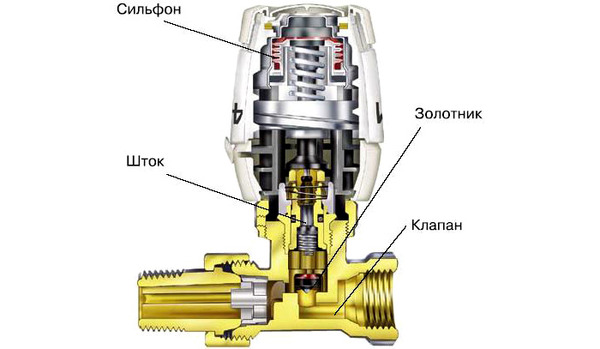
Photo 1. Diagram of the internal structure of the thermostat for the battery. The main parts of the mechanism are indicated.
- Thermostats based on electronic sensors. The operating principle is similar to conventional regulators, only the settings are different - everything can be done not in manual mode, but in electronic mode - set the functions in advance, with possible time delay and temperature control.
How to adjust heating radiators
Standard process for regulating the temperature of heating radiators consists of four stages — bleeding air, adjusting pressure, opening valves and pumping coolant.
- Bleeding airEach radiator has a special valve, which, when opened, can release excess air and steam that interferes with heating the battery. Within half an hour After such a procedure, the required heating temperature should be achieved.
- Pressure regulation. In order for the pressure in the CO to be distributed evenly, you can turn the shut-off valves of different batteries, attached to one heating boiler, to a different number of turns. Such adjustment of the radiators will allow you to heat the room as quickly as possible.
- Opening the valves. Installation of special three-way valves on radiators will allow you to remove heat in unused rooms or limit heating, for example, while you are away from the apartment during the day. It is enough to simply close the valve completely or partially.
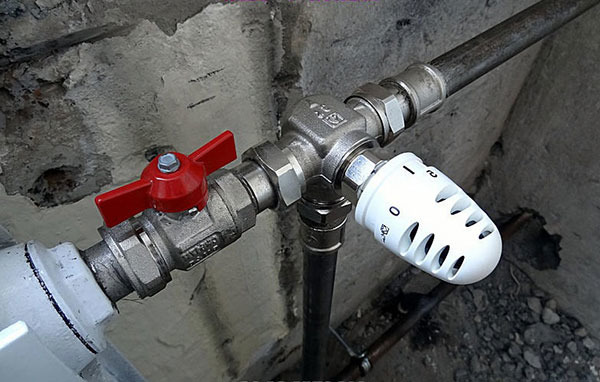
Photo 2. Three-way valve with a thermostat, allowing you to easily adjust the temperature of the heating radiator.
- Pumping the coolant. If the CO is forced, the coolant is pumped using regulating valves, with the help of which a certain amount of water is drained to allow the heating radiator to heat up.
Heating regulation in a private house
In private homes, attention must be paid to heating systems. still at the design stage, you should select a high-quality boiler or other heating equipment.
You can regulate the heating in your home using special technical devices of two types:
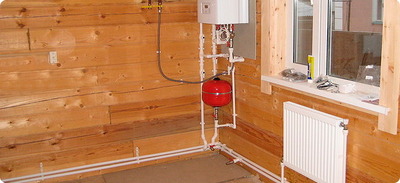
- regulating — are installed both in individual sections of the network and for the entire heating system, help to control and regulate the pressure level in the system, increase or decrease it;
- controlling — various sensors and thermometers, with the help of which information is obtained about the pressure level and other parameters of the heating system and it is possible to adjust them in one direction or another.
To timely control the operation of the heating system in the house, it is necessary provide for the installation of pressure gauges and thermometers in areas before and after the heating boiler, at the lower and upper points of the heating system, installation of an expansion tank, safety valves, air vents. If the heating system is working properly, the water in it should not be heated above 90 °C, and the pressure will not exceed 1.5-3 atmospheres.
Useful video
Watch a video that talks about regulating heating batteries using special valves.
Results - Why it matters
Adjusting the temperature of heating radiators is advisable in private and apartment buildings, even if a common house meter is already installed. Manual taps, automated thermostats or three-way valves with a thermal head are easy to use and they don't cost a fortune, but they will save you money and regulate the temperature in the premises and will make living or using the premises comfortable.





